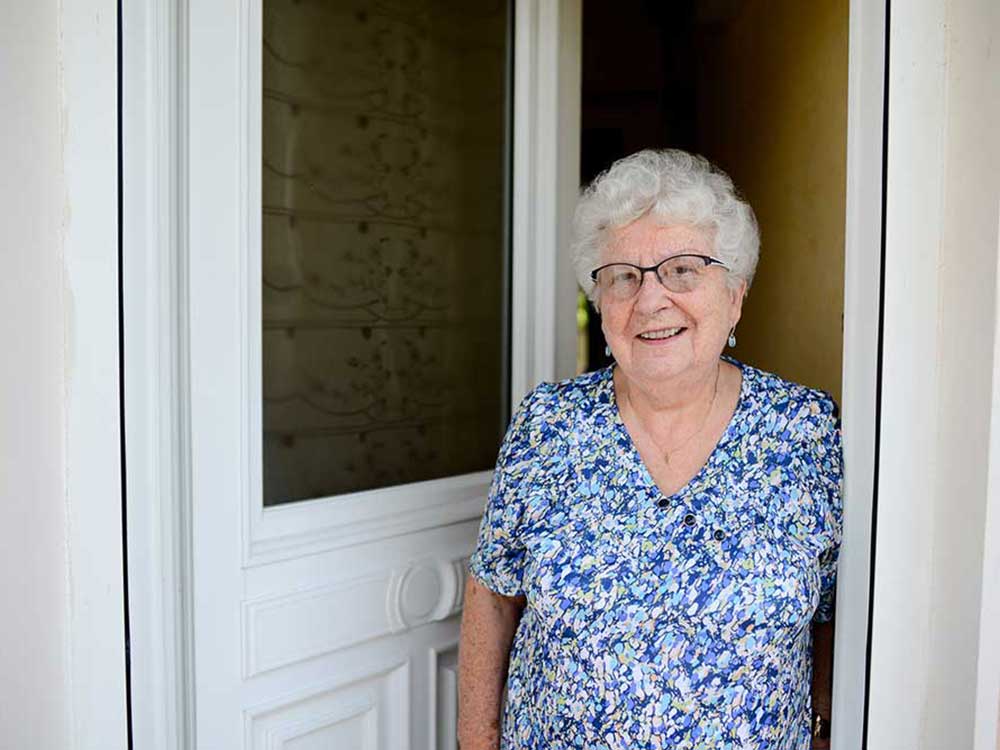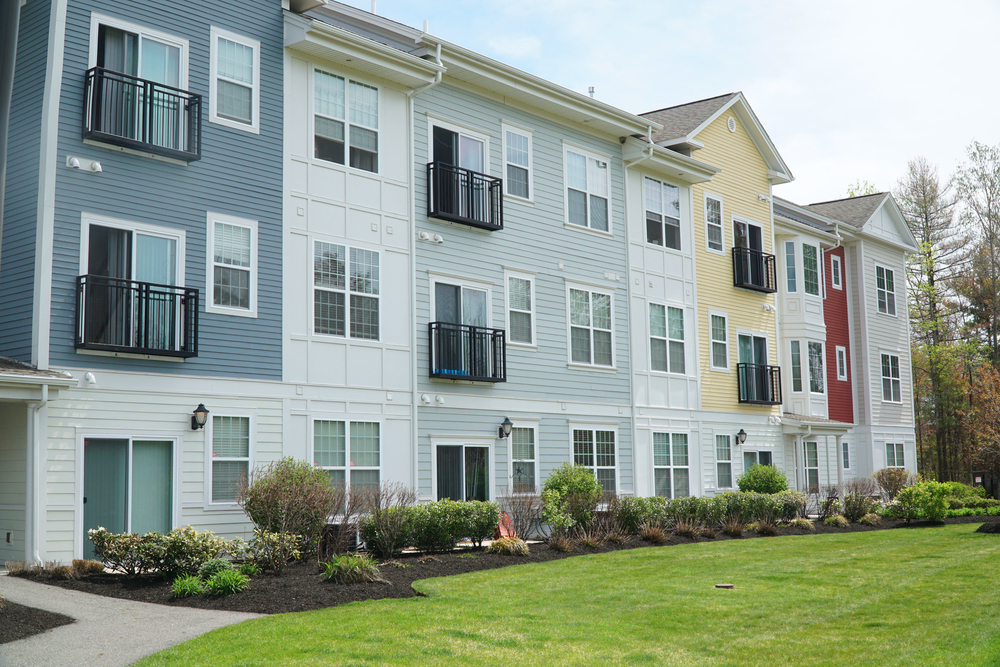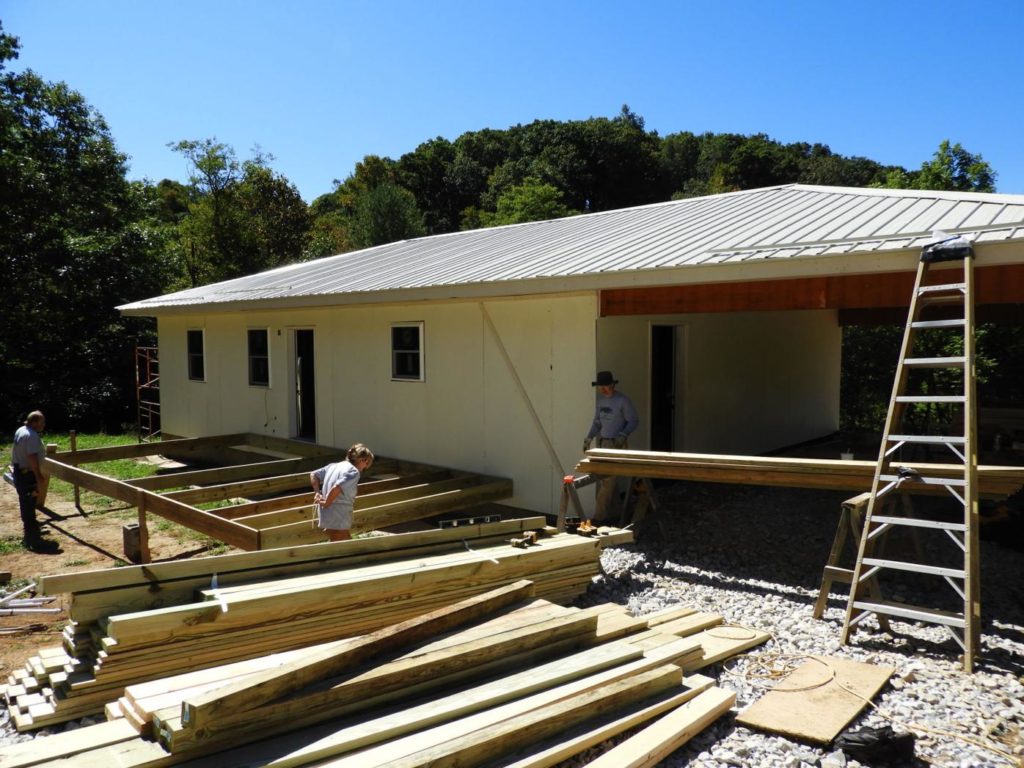Have you ever gotten back from a long evening walk with the dog or an impromptu weekend hike in the mountains with a feeling of refreshment and renewed energy? If so, you have experienced the restorative powers of exercise and nature combined. The channeling of those same restorative powers – with a rich, therapeutic adventure focus – fuels PIVOTPoint WNC, an organization serving clients at-risk of or recovering from substance use disorder.
In 2014, Executive Director Matt Nannis began by taking residents from a sober living recovery program on “Sunday Funday” hikes. They’d go into the woods to get outside and moving, providing people the opportunity to gain perspective on the challenges they faced. “It seemed that when we were in the woods, the burdens residents faced, although still present, got a bit lighter. People seemed to develop a different relationship with their struggles. The facts were the same, but their approach to them altered,” says Nannis.
From there, Nannis became a Certified Drug and Alcohol Counselor (CADC). The credentialing, combined with his passion for and knowledge of hiking and the outdoors, led to the full slate of programming that PIVOTPoint WNC offers today. The organization centers around the idea that fellowship, community and the natural environment – coupled with intentional, therapeutic facilitation – can transform and heal. The WNC region, with its abundance of outdoor beauty and opportunities, is the perfect setting for just such a program.
PIVOTPoint WNC works with both teens and adults who are either at risk for or in recovery from substance use disorder. “We are capitalizing on the therapeutic benefits of more formalized Wilderness Therapy and Adventure Therapy programming. We use hands-on, tangible and practical activities to challenge, instruct and set the stage for pro-social, interpersonal, problem solving, communication and self-regulation skill building,” Nannis says. PIVOTPoint WNC works with all Diversion Services and Treatment Courts of Buncombe County, as well as with at-risk youth at North Buncombe and Reynolds High Schools.
Wilderness Therapy programs can be cost prohibitive, but the team at PIVOTPoint WNC works to keep the costs of the program affordable to potential participants. That’s where funders like Dogwood come in. They can offset costs and provide equipment needed for wilderness adventures. Recently Dogwood partnered with PIVOTPoint WNC to help fund the purchase of a second vehicle and outdoor gear so that the program can transport and serve more individuals at various stages of recovery from substance use disorder as well as those assessed as at-risk.
In 2021, Dogwood supported PIVOTPoint WNC’s goal to facilitate 106 therapeutic adventure outings. They are closing in on the last of these outings making a difference in the lives of the community they serve.


















